Dachau
On our recent visit to Munich, we made a side trip to Dachau. I shared a few photos of the pretty town in a recent post, but wanted to give the concentration camp memorial the respect it requires; some separation from the fun and prettiness.
This is an easy trip by car or by train, and I can’t recommend it enough. (Signage recommends that children be at least 12.) There is no charge to visit, and a free audio guide is available. But 3 Euros each for a guided tour, is money well spent. Our guide had visited and studied the other concentration camps, shared conversations she had had with survivors, and carried her own book of photos taken by her uncle who had been with the Americans who liberated the camp. Her family included Nazis and Jews, and her commentary was thoughtful and thought provoking.
From the web site: “On March 22, 1933, a few weeks after Adolf Hitler had been appointed Reich Chancellor, a concentration camp for political prisoners was set up in Dachau. This camp served as a model for all later concentration camps and as a “school of violence” for the SS men under whose command it stood. In the twelve years of its existence over 200.000 persons from all over Europe were imprisoned here and in the numerous subsidary camps. 41.500 were murdered. On April 29 1945, American troops liberated the survivors.”
I’ve captioned the photographs; beyond that, I will let them speak for themselves.
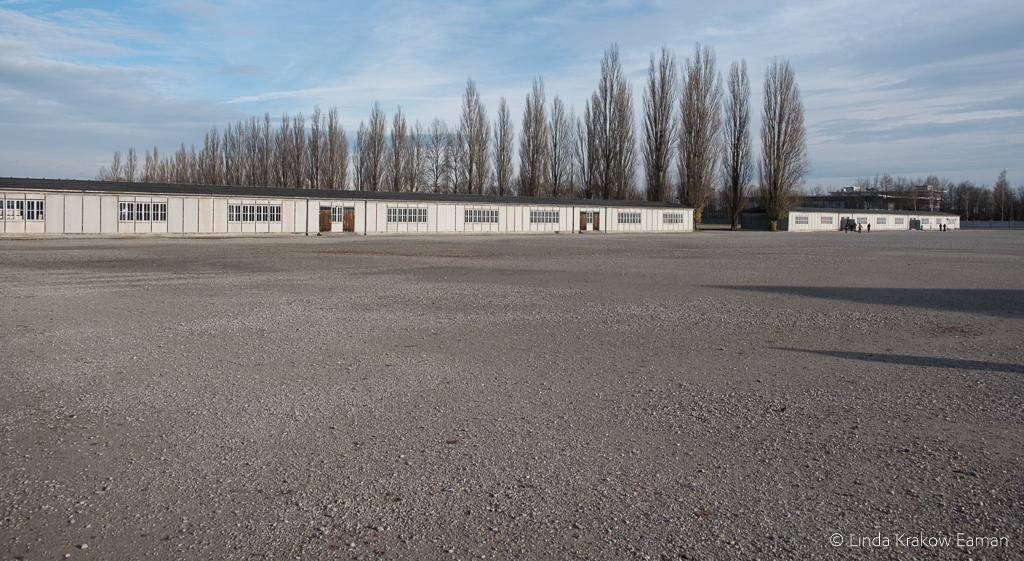
The parade ground. Although the sun was shining for this picture, just a few minutes later it started to rain. We were soon cold and wet, shivering through our winter jackets. It was impossible to imagine hundreds of prisoners standing here in thin clothes for hours on end.
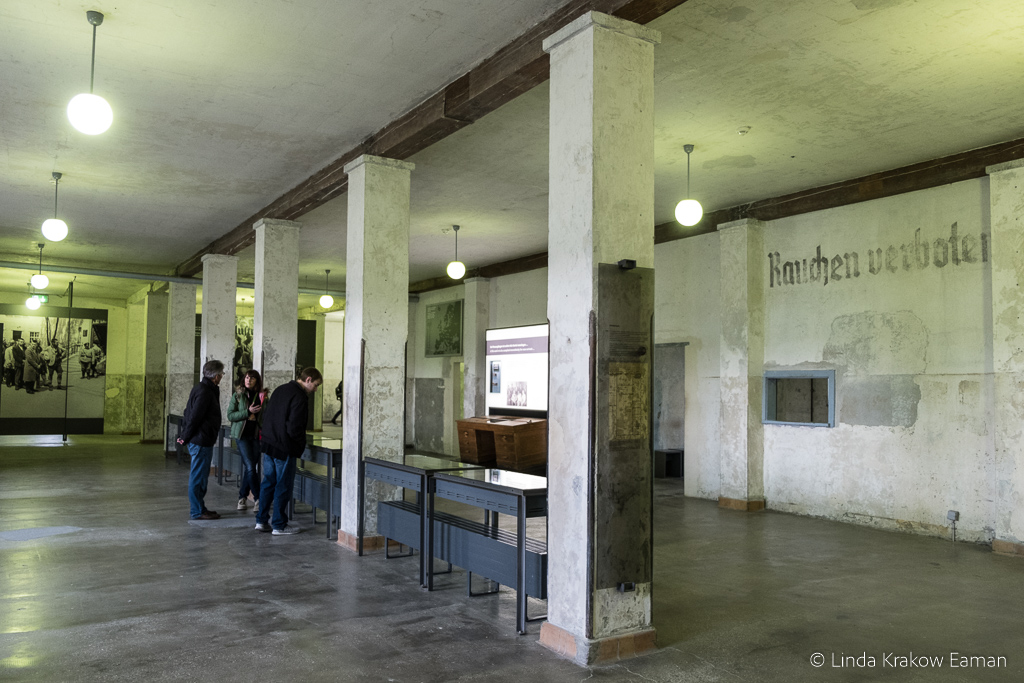
The room where newcomers were received. “No smoking” signs painted on the walls are a cruel joke. The museum exhibits are excellent; photographs and biographies of ordinary people and families, personal belongings and handwritten letters, historical photographs and explanations.
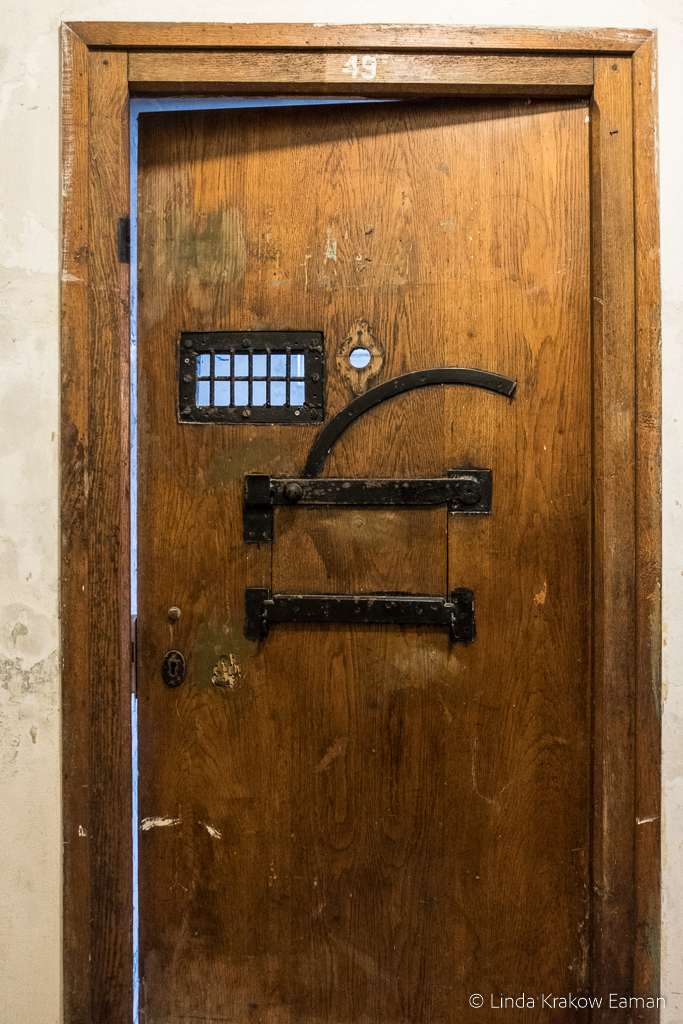
The door to a tiny cell… these were further divided into sub-cells so tiny a man couldn’t sit down in them.
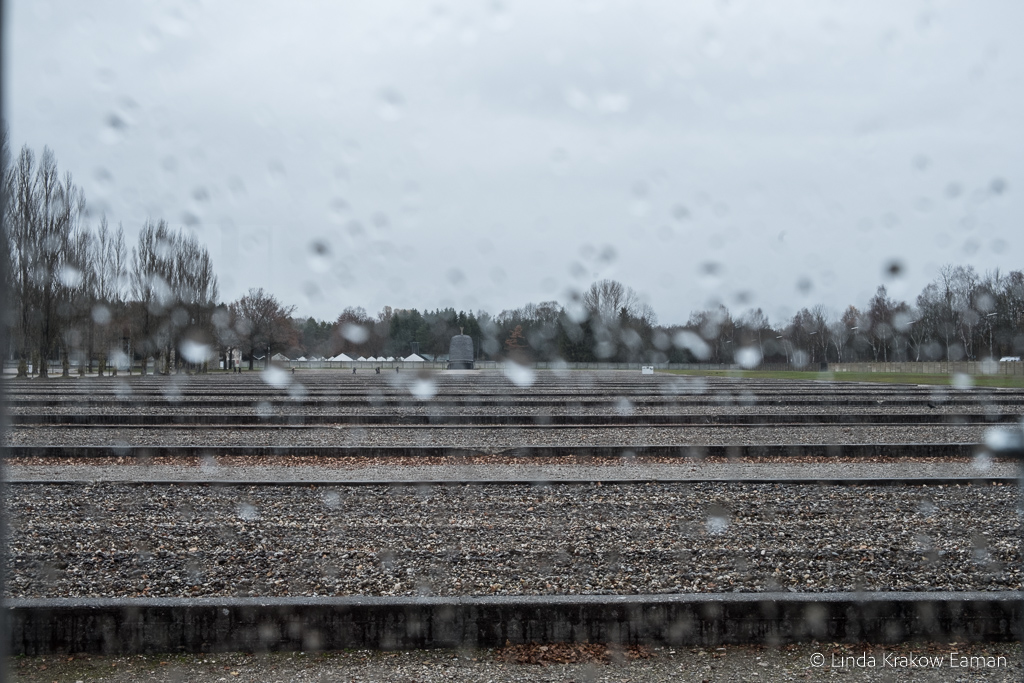
The barracks are no longer standing, but the raised areas mark their locations. The raindrops on the window seemed like tears.
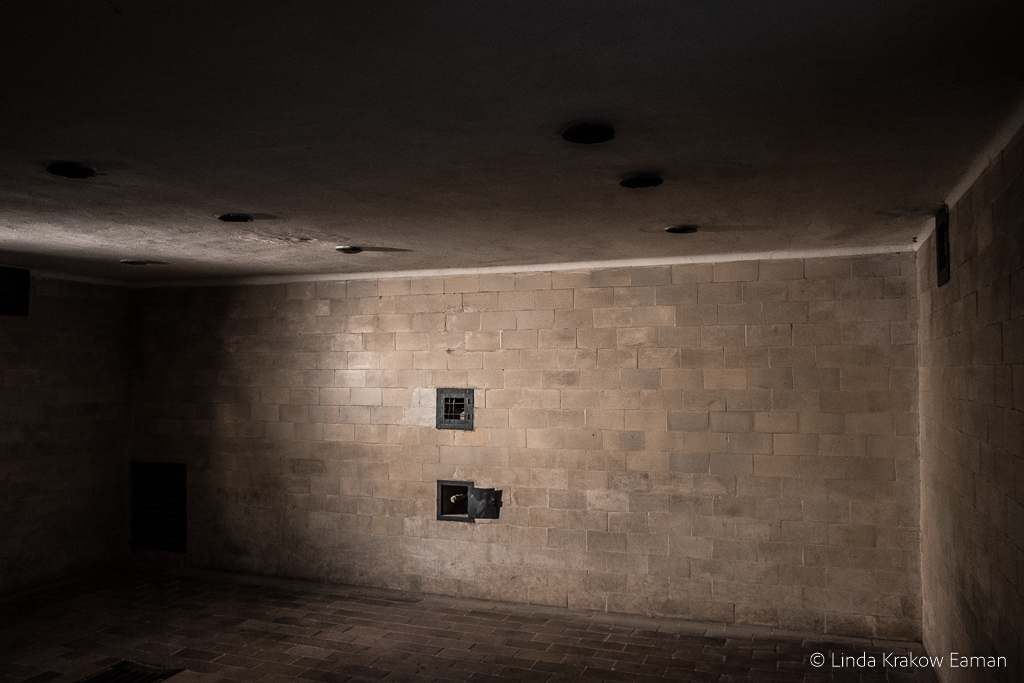
Walking into the gas chamber was a feeling I can hardly describe. An involuntary gasp, a cold chill, the urge to run. Apparently the gas chambers here were never used… but so many others were.
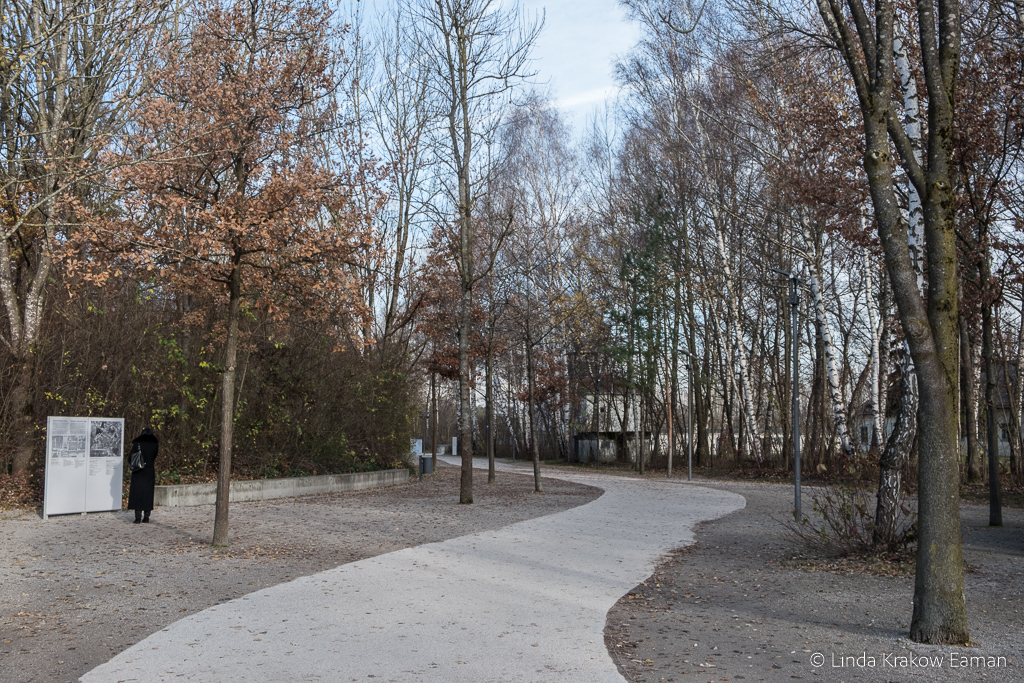
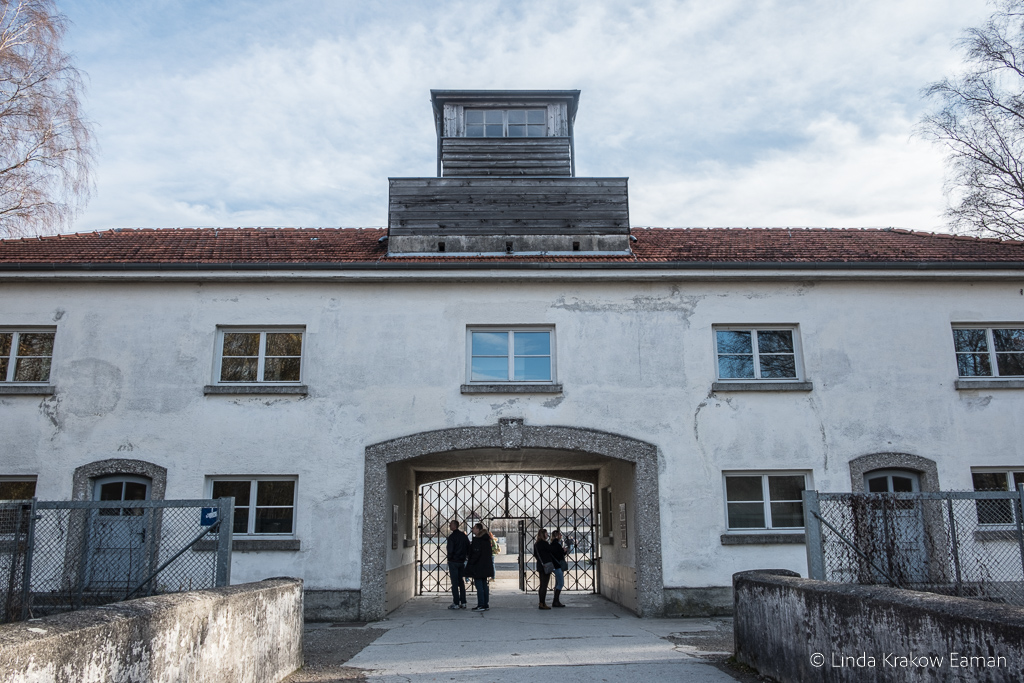
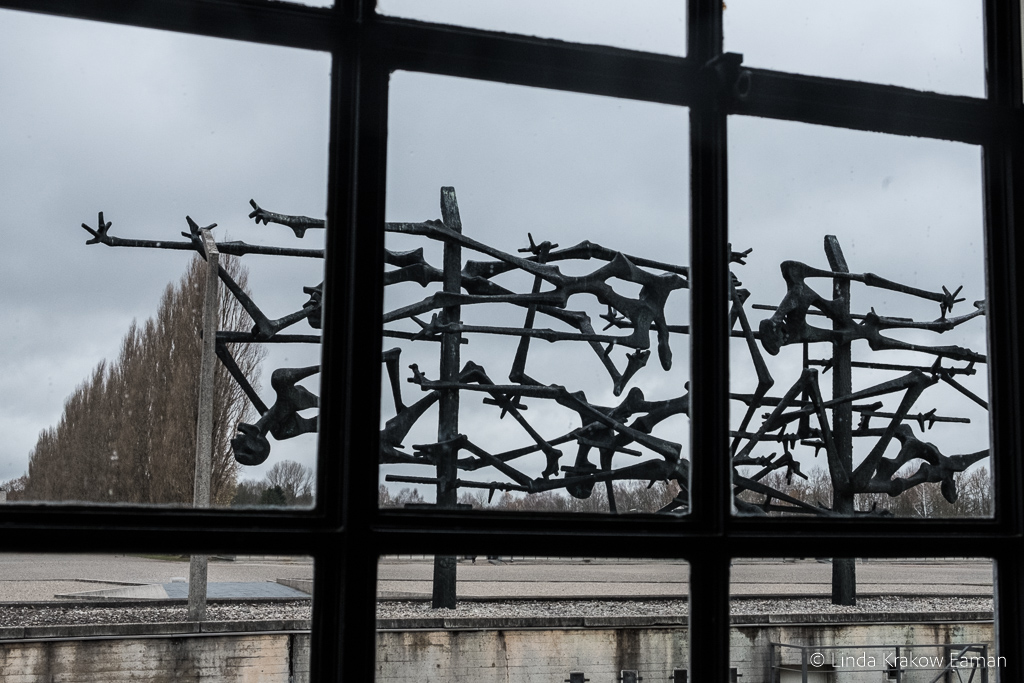
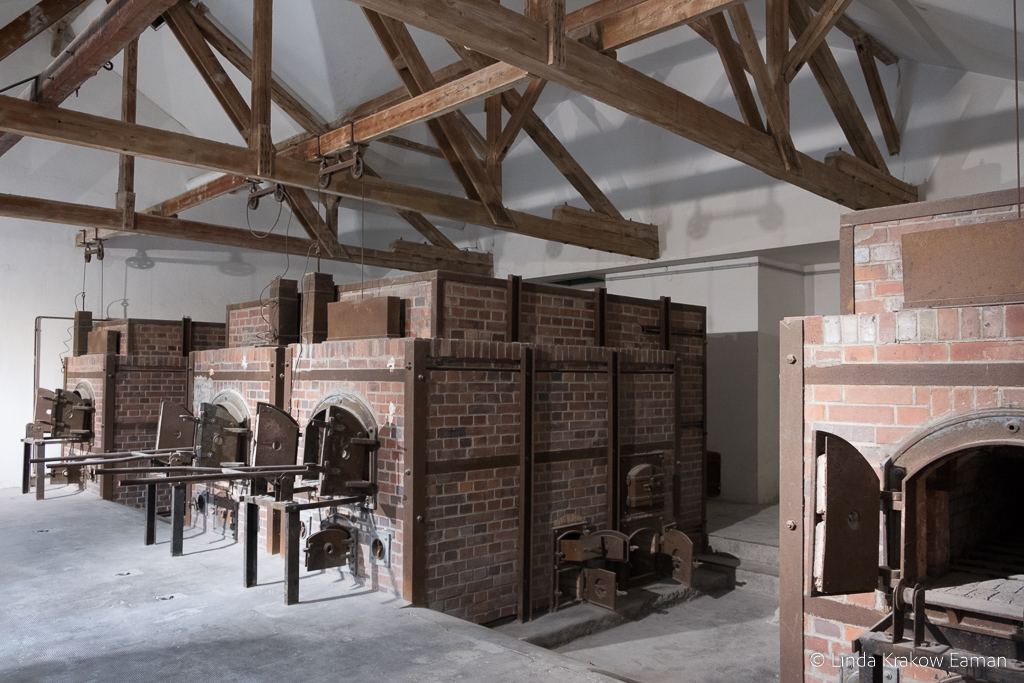
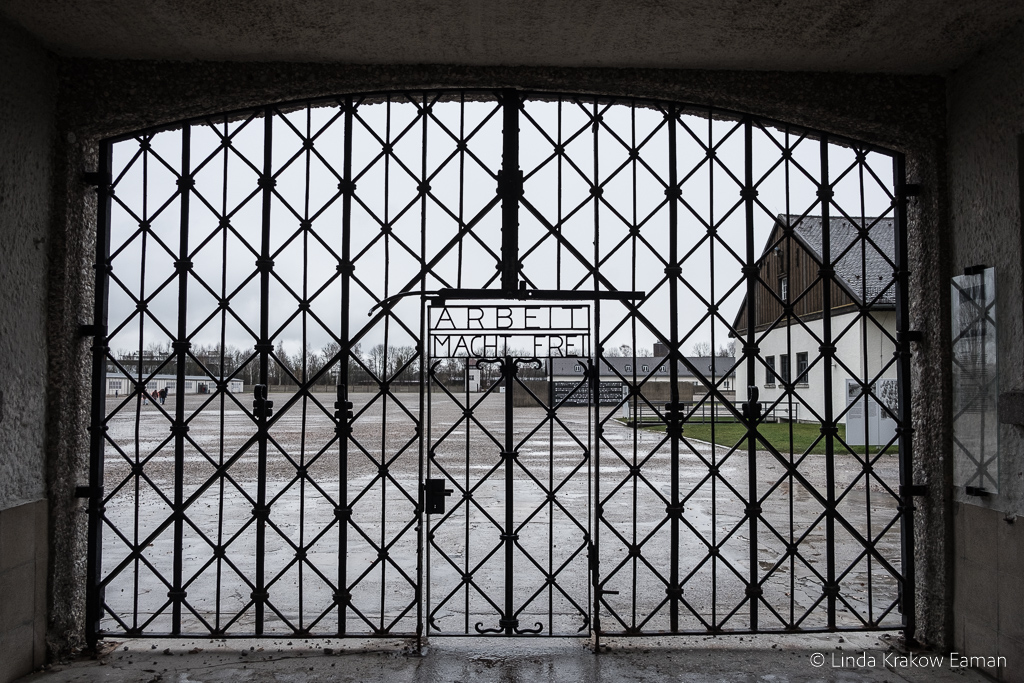
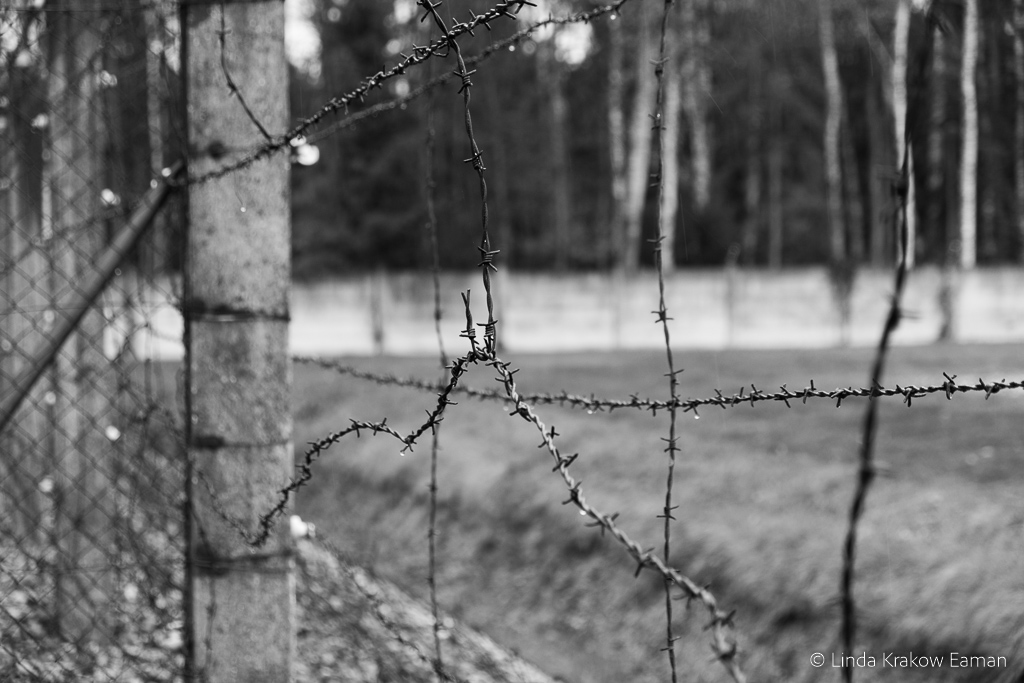
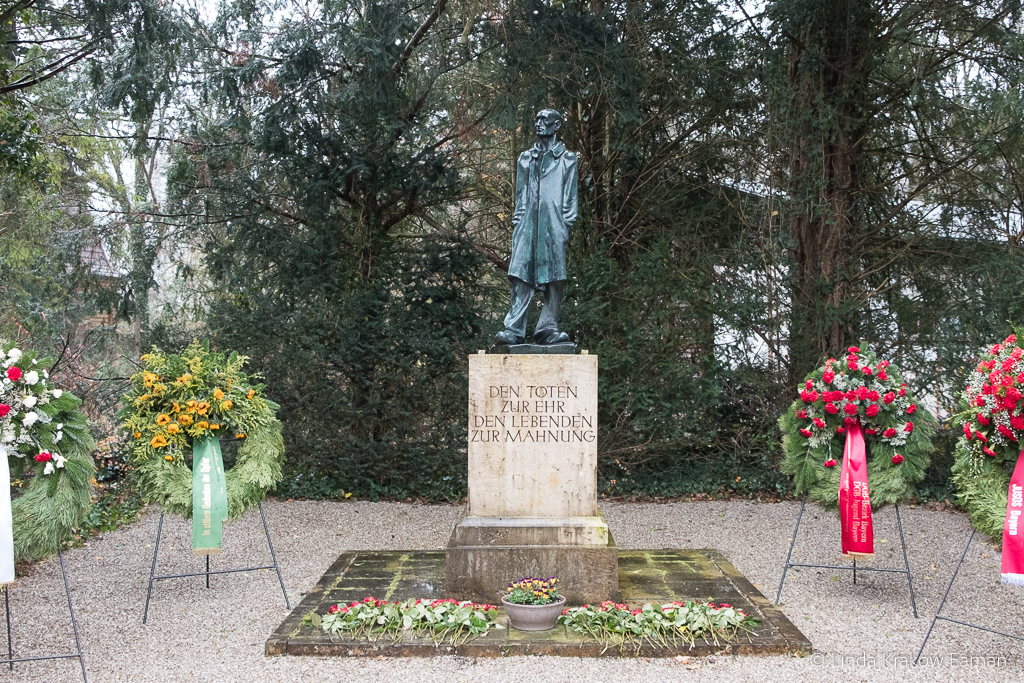
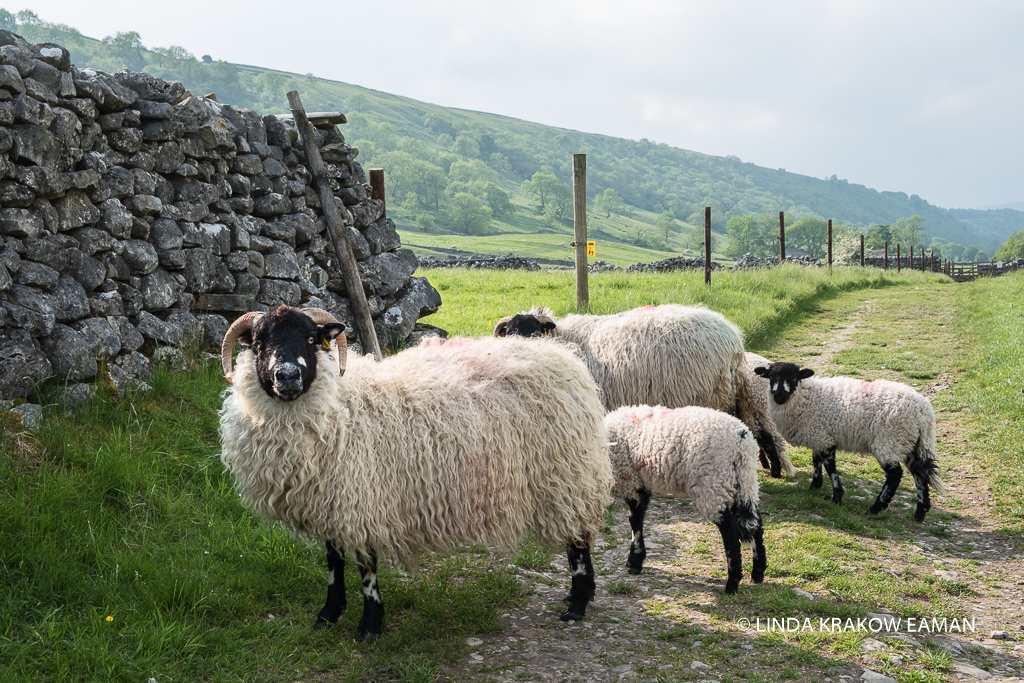
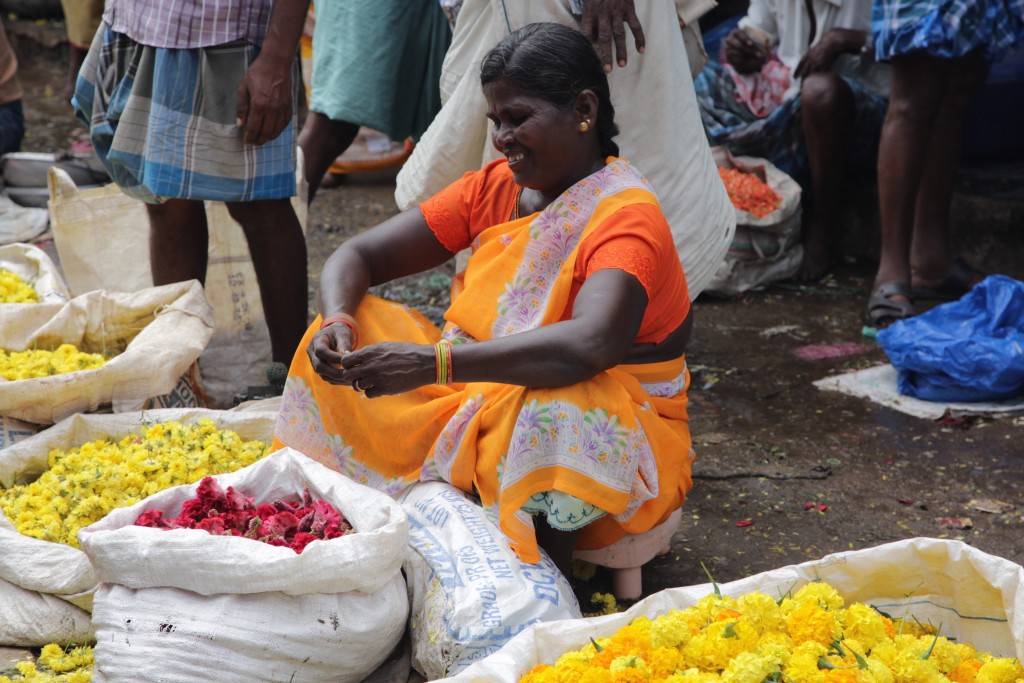
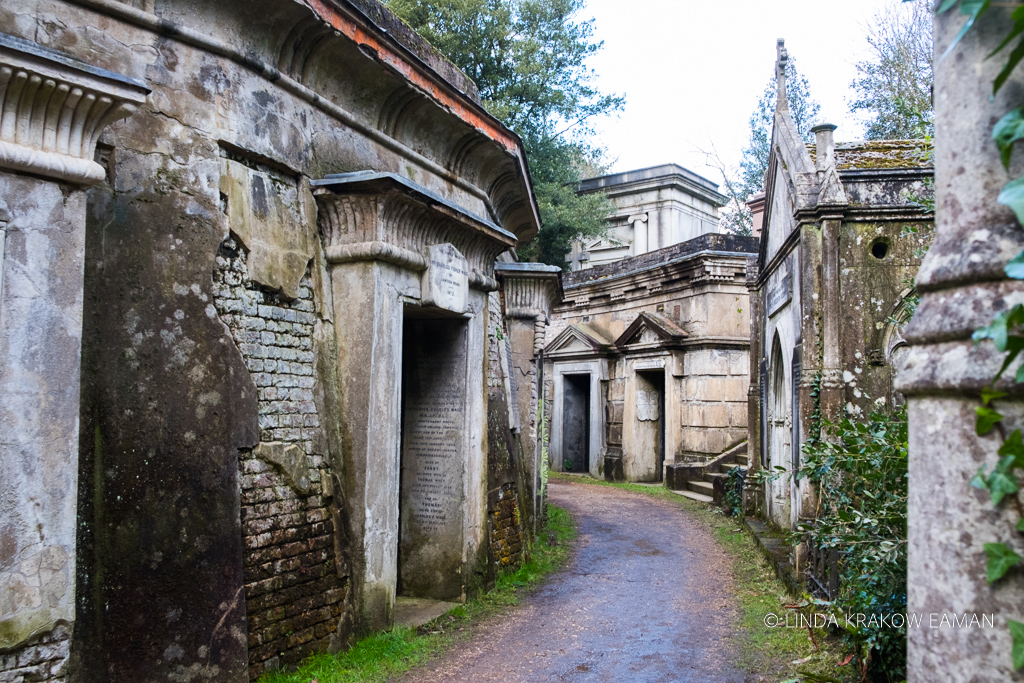
Thank you for sharing your photos and thoughts.
The photos and your words….incredible!
Thanks Laura. It was a sobering experience.
Very moving. The ovens made me gasp.
Your choice to let your photos tell the story was a good one. I can’t begin to imagine the emotion from visiting such a terrible place. I thought your description of the rain as teardrops was apropos. Thank you for sharing with us. I doubt that I would ever see this in person.